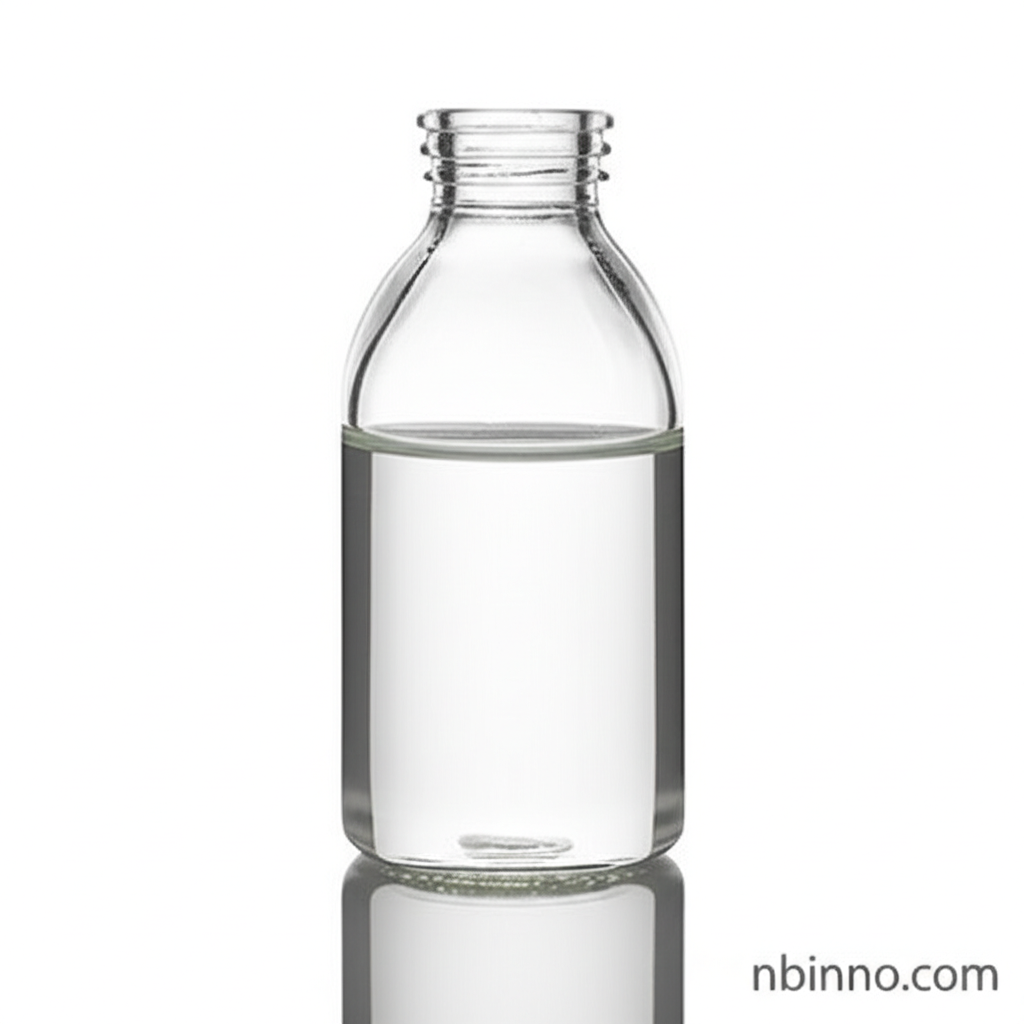3-Aminopropyltrimethoxysilane: Enhancing Adhesion and Performance Across Industries
A key silane coupling agent vital for bridging organic and inorganic materials in diverse industrial applications.
Get a Quote & SampleProduct Core Value

3-Aminopropyltrimethoxysilane
This compound is a highly effective silane coupling agent, crucial for creating robust bonds between dissimilar materials. Its unique chemical structure allows it to interface with both organic polymers and inorganic substrates, leading to significantly improved material properties and performance.
- Understanding the applications of silane coupling agents reveals their critical role in modern material science.
- As an adhesion promoter chemicals, it ensures long-lasting and strong bonds in various formulations.
- Its function as a surface modifier silane enhances the compatibility and bonding of fillers within polymer matrices.
- The inherent properties of 3-aminopropyltrimethoxysilane make it an excellent choice for crosslinking agent properties, improving polymer network stability.
Key Advantages
Enhanced Material Compatibility
Utilizing this silane coupling agent improves the organic-inorganic material bonding, crucial for creating advanced composite materials.
Improved Product Durability
Its role as a corrosion protection silane helps in extending the lifespan of components by preventing degradation.
Versatile Industrial Application
Across various sectors, its contribution to composite material enhancement is a significant benefit, leading to superior end-products.
Key Applications
Coatings and Paints
As a vital component in coating formulations, it acts as an adhesion promoter and crosslinking agent, improving paint durability and substrate adhesion in line with adhesion promoter chemicals.
Adhesives and Sealants
This silane enhances the bonding strength and longevity of adhesives and sealants, crucial for structural integrity, fitting the scope of silane coupling agent applications.
Plastics and Composites
It is instrumental in improving filler wetting and dispersion in polymer matrices, contributing to the overall performance of composites, a key aspect of composite material enhancement.
Textile and Leather Treatments
Used in textile finishing, it imparts improved properties such as water repellency and dye receptivity, aligning with its role in textile finishing agents.
